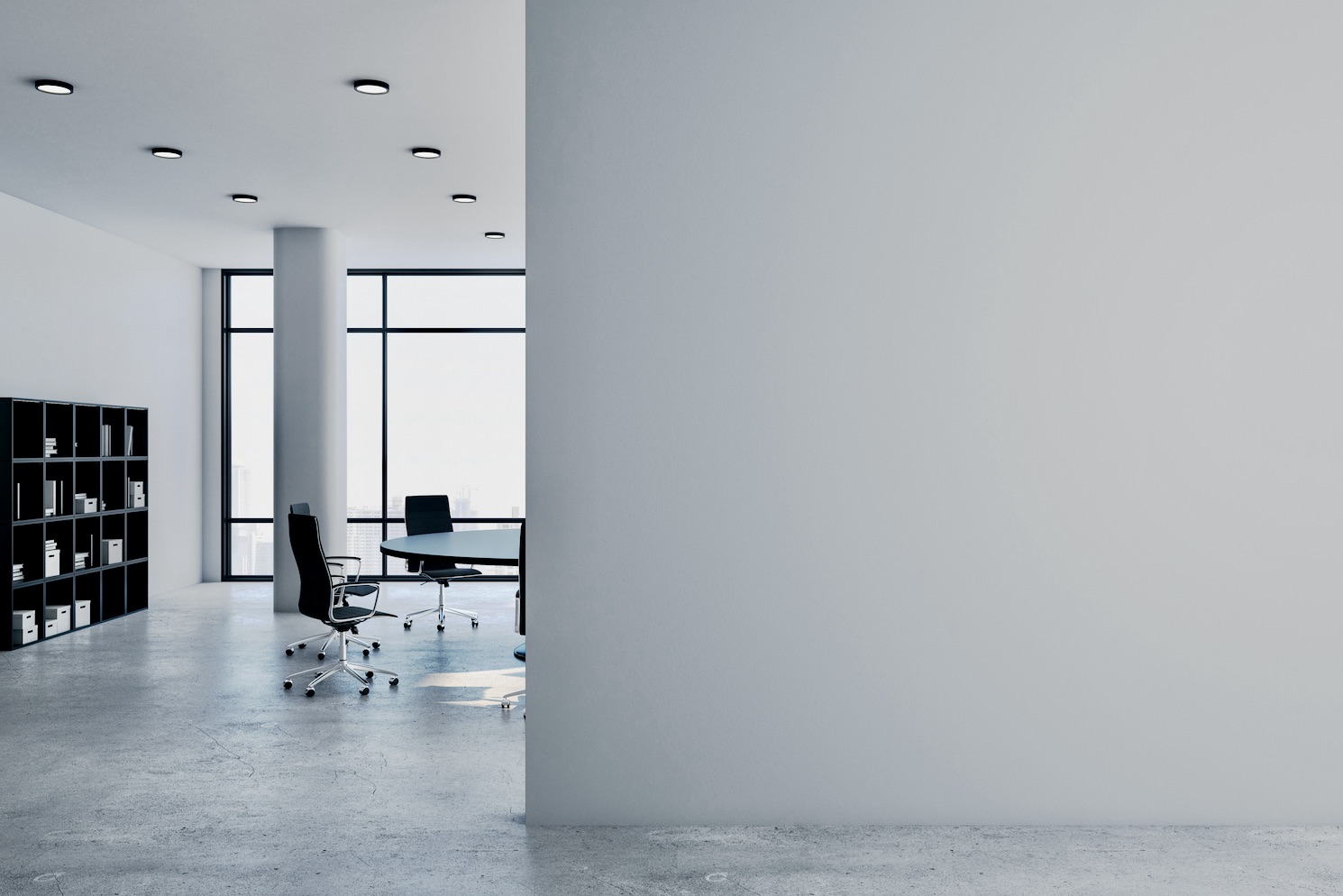
Open vs. private rooms: how best to manage your conference room space
We’re currently undergoing a significant shift in how we work, including how we utilize office space. Hybrid working has made office design a major focus for many businesses who now need to maximize the space they have. The more wasted space an office has, the more money goes out the door, especially for those who are on a price per square foot rental model. When it comes to conference rooms, we need to make spaces that promotes ideation, collaboration, and offer a sense of community. Of course, the simplest way to create an inclusive and collaborative space is to throw away the physical barriers to create an open environment, but open spaces also have their downfalls.
So let’s try and solve the debate: open spaces, or private rooms? Which should you use for your conference room space?
Open vs private rooms: the pros and cons
There are pros and cons to every argument, so let’s get to business, starting with open spaces.
Open conference rooms
Most industries have moved past the era of cubicles (thank goodness!) The modern office is now a light, open area that promotes collaboration and fosters a real community among workers. Yet many businesses still choose to keep their conference rooms separate from the main workfloor.
The conference room is the heart of most meetings, and in effect is the heart of an office. That’s especially true as more people return to the office after working remotely. Conference rooms need to be the place where people come back together and reestablish that in-office community.
Pros:
- Open rooms foster engagement, collaboration, and community
- They make the office feel more inclusive
- Fewer walls to build means lower design costs
- Open conference room spaces can feel larger and more welcoming — something people may be looking for following the pandemic.
Cons:
- Fewer walls can lead to more distractions
- Open conference rooms aren’t great for private meetings or sensitive conversations
- When you remove the walls of a meeting space, you open it up to noise issues — both letting noise in and out of the space.
Private conference rooms
Private conference rooms are a more traditional set-up. They are separated from the hustle and bustle of the main office floor to provide employees with a quiet, secure place to work.
Offices that don’t offer private rooms for their employees often have issues with space management. Employees may need to take a personal call, or discuss work topics that are only intended for a specific group of workers. This means that they need to fight it out for a quiet corner, swap workspaces, and leave the office floor in chaos.
The downfall of private rooms is that they can make collaboration and ideation much more difficult, because they can exclude employees who may be able to contribute to the discussion.
Pros:
- Private spaces allow for personal and business-related privacy.
- Private rooms are quieter. They let you keep meeting noise inside the room and office noise out.
- A private conference room space will provide your workers a break from distractions on the busy work floor.
Cons:
- Private rooms can give the impression that leadership and managers are less interested in transparency.
- Walls around your conference rooms are literal, physical barriers to communication.
- Private spaces are less inclusive than open rooms.
By this stage, it’s likely that you’re no closer to figuring out which is the better option, and there’s a good reason for that. There is no “best” solution to this debate. A great office space needs to work for everyone, and that means you need to balance open and private features.
How to manage your conference room space

Make no mistake, finding the perfect balance between open and private spaces will be tricky. However, there are ways to help you in your journey to the ultimate office space.
First, you need to define how your teams work. In the Smartway2 Return to Office Playbook, we identified four key personas that you can find in almost every office:
- The Lone Wolf – This persona thrives on remote work. They’re the type of person you will see at a desk in a quiet area of the office just absolutely powering through their work.
- The Wave Rider – This persona goes with the flow! They are flexible and can work pretty much anywhere, all they require is a little flexibility from their employer.
- The Coffee Breaker – This persona is here for the social aspects of work. They’re chatty, love collaboration, and are happy to jump into most sessions.
- The Tried and True – This persona is the traditional powerhouse we’ve known for decades. They prefer to work in the office, the way things have always been.
Each of these personas require a different workplace set-up, and every office has a mix of each persona. The Lone Wolf and The Tried and True personas will feel more comfortable in a private space, whereas The Wave Rider and The Coffee Breaker will benefit from an open plan office. Identifying which personas make up your workforce is the first step in creating a perfect office space.
Neighborhoods
Another common practice we’re seeing in open plan offices is the establishment of specific areas for specific teams or departments. These areas are usually called “neighborhoods” or “zones.”
In an activity-based working (ABW) model, employees are empowered by the ability to work in a setting that best suits their needs at the moment. This is similar to hot-desking, however ABW is a little more focused, designating specific areas of the office for specific activities.
There are a few different types of spaces to consider when creating your office neighborhoods:
- Individual desks for solo work
- Phone booths for private conversations and personal calls
- Huddle areas for informal or impromptu meetings between small groups
- Enclosed conference rooms for more formal meetings and client calls
To help introduce and successfully adopt ABW, keep the following in mind:
- Consider noise levels and acoustics – Different activities will produce different amounts of noise. For example, a brainstorming session will be much louder than a coding team meeting.
- Build with flexibility in mind – We’re going through the biggest workplace change we have ever seen, and it’s not slowing down. Stay prepared for future changes by creating a fully flexible workplace.
- Personalize each area – Theme your areas to help employees to easily identify which office space is for a specific activity.
- Use the right technology – Workplace scheduling software makes it easy for everyone to adapt to any new way of working.
Ready to revolutionize your workplace? Smartway2 has everything you need to get your employees back into the office and help them adapt adapt to the hybrid workplace. Request an expert-led demo today!


